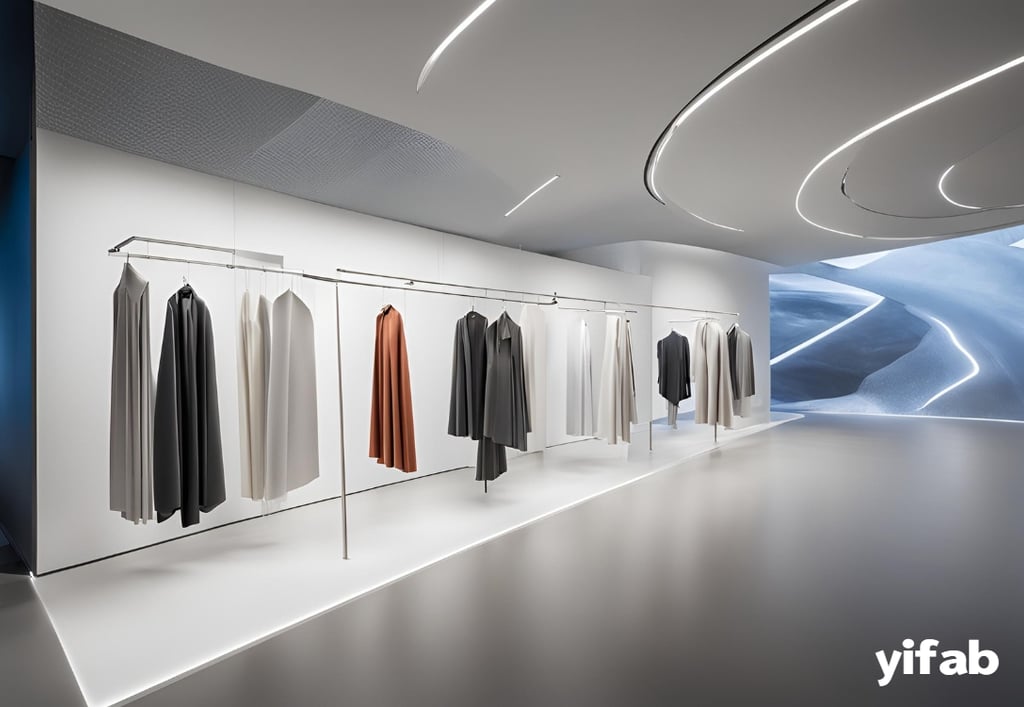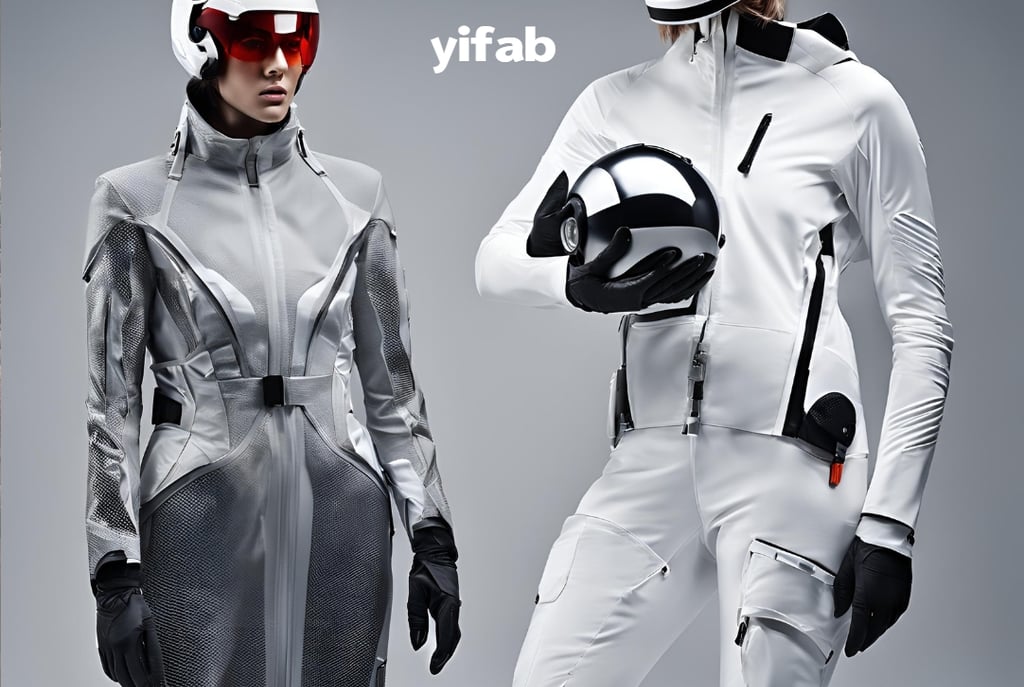The Rise of Functional Fabrics: Waterproofing, Antimicrobials, and More Innovative Applications
Waterproofing, Antimicrobials, and More Innovative Applications
10/21/20242 دقيقة قراءة


In the dynamic world of textiles, fabrics are no longer just about aesthetics and comfort—they're evolving to offer functionality that meets the demands of modern lifestyles. From waterproof materials to fabrics with antimicrobial properties, innovative advancements are transforming the way we think about clothing and textiles. Here’s a closer look at the rise of functional fabrics and their innovative applications:
1. Waterproof and Water-Resistant Fabrics
Waterproof and water-resistant fabrics have gained popularity for their ability to repel water and protect wearers from the elements. These fabrics are treated with coatings or laminates that create a barrier against moisture, keeping clothing and outdoor gear dry and comfortable in various weather conditions.
Applications: Ideal for raincoats, jackets, outdoor tents, and sportswear where protection from rain and moisture is essential.
2. Antimicrobial Fabrics
Antimicrobial fabrics are designed to inhibit the growth of bacteria, fungi, and other microorganisms. This functionality helps reduce odor-causing bacteria and maintain freshness, making antimicrobial fabrics popular in activewear and everyday apparel.
Applications: Used in sportswear, socks, underwear, and medical textiles to promote hygiene and comfort.
3. UV-Protective Fabrics
UV-protective fabrics are engineered to block harmful ultraviolet (UV) rays from the sun. These fabrics provide an added layer of protection against sunburn and skin damage, making them essential for outdoor enthusiasts and those with sensitive skin.
Applications: Commonly used in swimwear, hats, shirts, and outdoor apparel for sun protection.
4. Thermoregulating Fabrics
Thermoregulating fabrics are designed to help maintain optimal body temperature by wicking moisture away from the skin and promoting breathability. These fabrics offer comfort in varying environmental conditions, keeping wearers cool in hot weather and warm in cold climates.
Applications: Ideal for activewear, base layers, and sleepwear where temperature control is crucial.
5. Sustainable and Eco-Friendly Fabrics
Driven by environmental concerns, sustainable fabrics are gaining traction. These fabrics are made from renewable sources or recycled materials and are produced using eco-friendly processes that minimize environmental impact.
Applications: Used in a wide range of products including clothing, bags, and home textiles, appealing to environmentally conscious consumers.
6. Smart Fabrics
Smart fabrics integrate technology to offer additional functionalities such as moisture sensing, temperature regulation, and even biometric monitoring. These fabrics are at the forefront of innovation, transforming how we interact with our clothing and surroundings.
Applications: Emerging in sportswear, healthcare garments, and wearable technology for enhanced performance and functionality.
Conclusion
The evolution of functional fabrics represents a significant shift in the textile industry, driven by advancements in material science and consumer demand for performance-driven apparel. Whether it's staying dry in the rain, preventing odor-causing bacteria, or protecting against UV rays, these innovative fabrics are redefining the possibilities of what clothing can achieve.
As technology continues to influence textile innovation, we can expect to see even more groundbreaking developments in functional fabrics. From enhancing comfort and performance to addressing environmental concerns, these fabrics are shaping the future of fashion and everyday wear.


